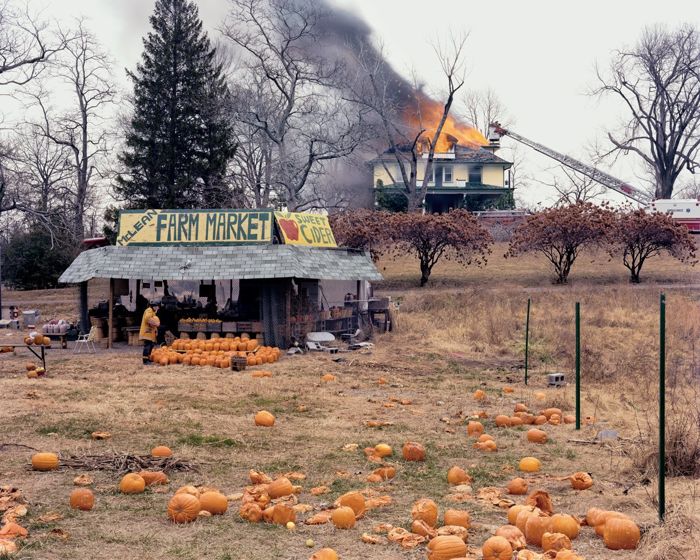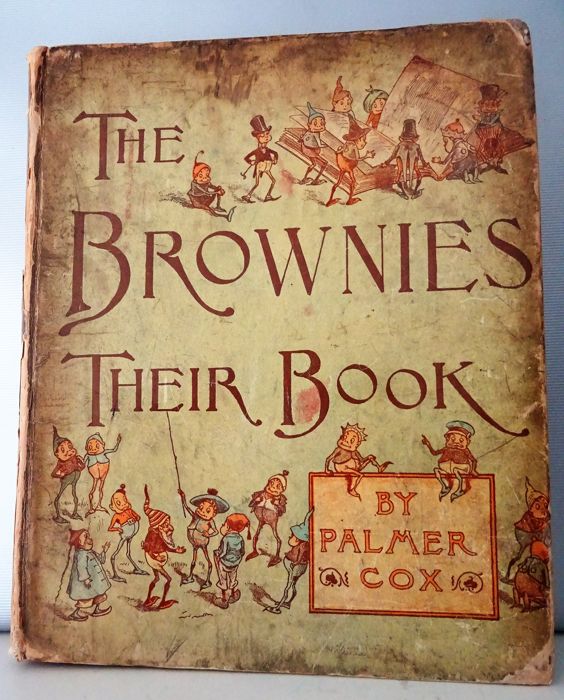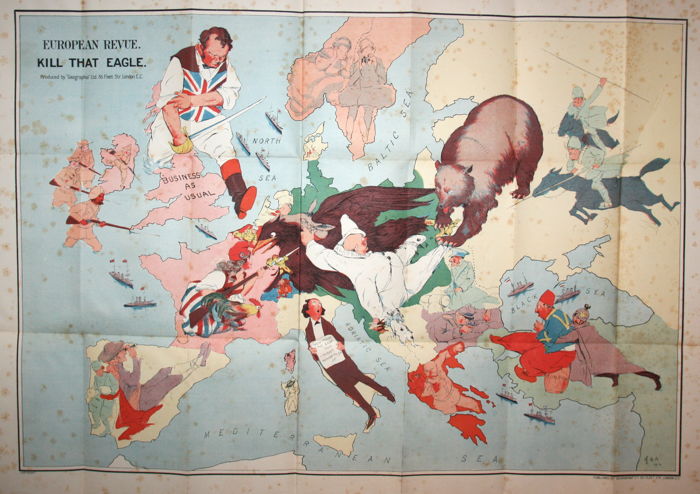I always thought of George Cruikshank as one of the foremost illustrators of Dickens – and that he was. But on researching this book, I discovered that there was more to our George that meets the eye.
For a start – he was a fanatical member of the Teetotal movement (who swore off alcohol entirely) and this was one of the main causes of his falling out with Dickens, who believed in the acceptability of moderate drinking.
The second fact I have found, is that he married twice (his first wife died 2 years after they got married) but that upon his death, it was discovered that he had fathered 11 (yes 11) illegitimate children with a former servant, who he had installed in a house nearby.
Although he is most famous for his Dickensian illustrations, he also did many caricatures, following his father’s fame. In addition, he illustrated works from around Europe.
In this work, he has produced engravings for a German novella:
Peter Schlemihl is the title character of an 1814 novella, Peter Schlemihls wundersame Geschichte (Peter Schlemihl’s Miraculous Story), written in German by exiled French aristocrat Adelbert von Chamisso.
In the story, Schlemihl sells his shadow to the Devil for a bottomless wallet (the gold sack of Fortunatus), only to find that man is shunned by human societies. The woman loves rejects him, and he is very involved in guilt. Yet when the devil wants to return his shadow to him in exchange for his soul, Schlemihl, as the friend of God, rejects the proposal for the bottomless wallet besides. He seeks refuge in nature and travels around the world in scientific exploration, with the aid of seven-league boots. When overtaken with sickness, he is reconciled with his fellow who does not care for his shadow. Finally, however, he returns to his studies of nature and finds his deepest satisfaction in communion with nature and his own better self.
The story, intended for children, was widely read and understood as a common cultural reference in many countries. People generally remembered the element of the shadow better than how the story ended, simplifying Chamisso’s lesson to the idiom “Do not sell your shadow to the Devil.”
The Yiddish becomes schlemiel-and its Hebrew cognate shlumi’el-mean a hopelessly incompetent person, a bungler. The name is a synonym of one who makes a desperate or silly bargain. Originally the name of God, Theophilus














































































